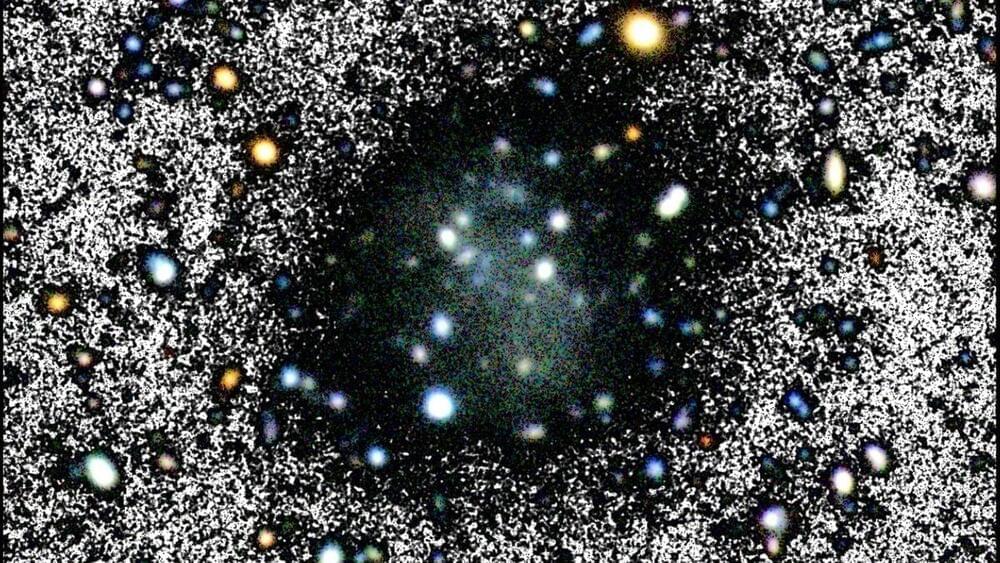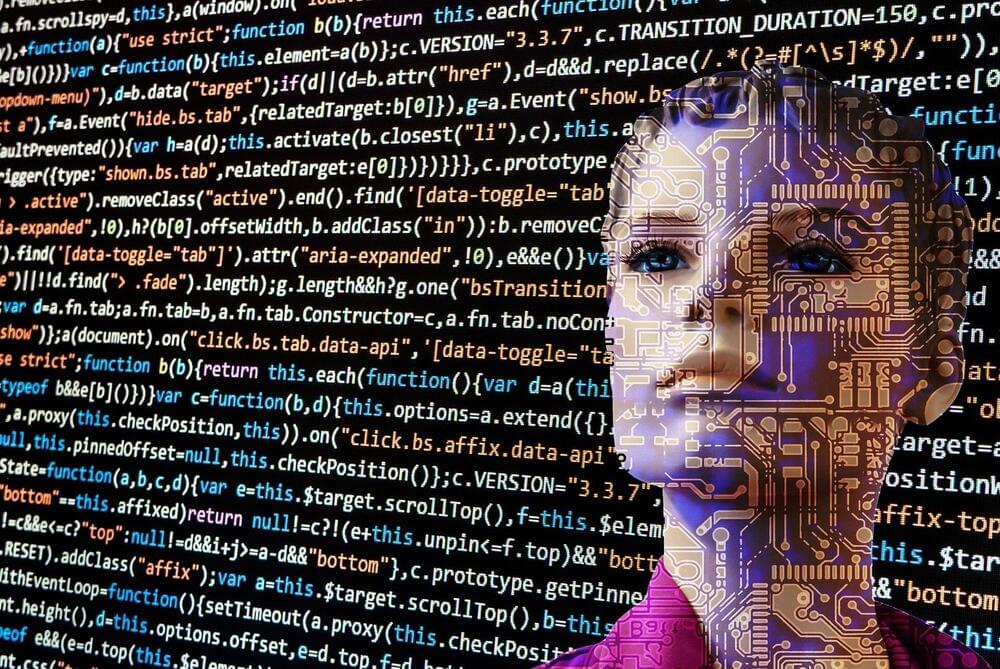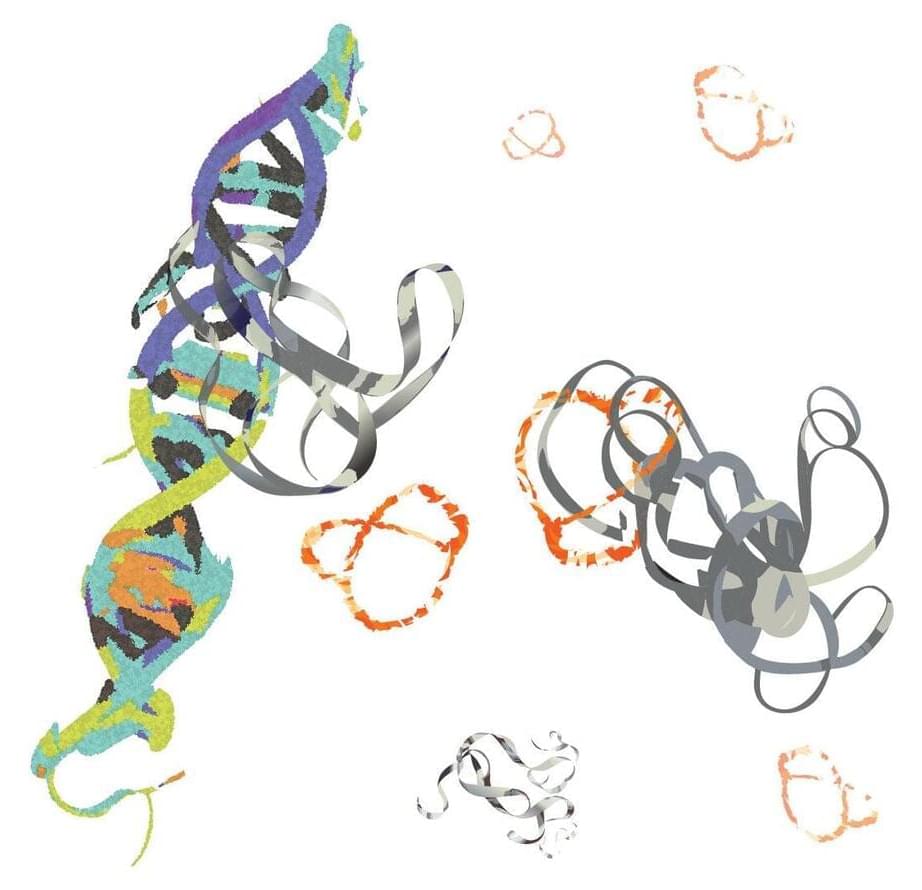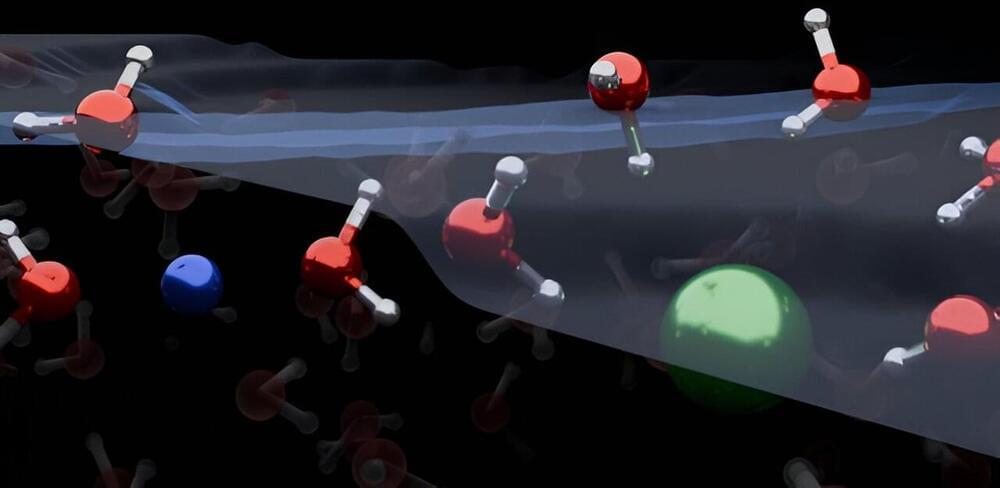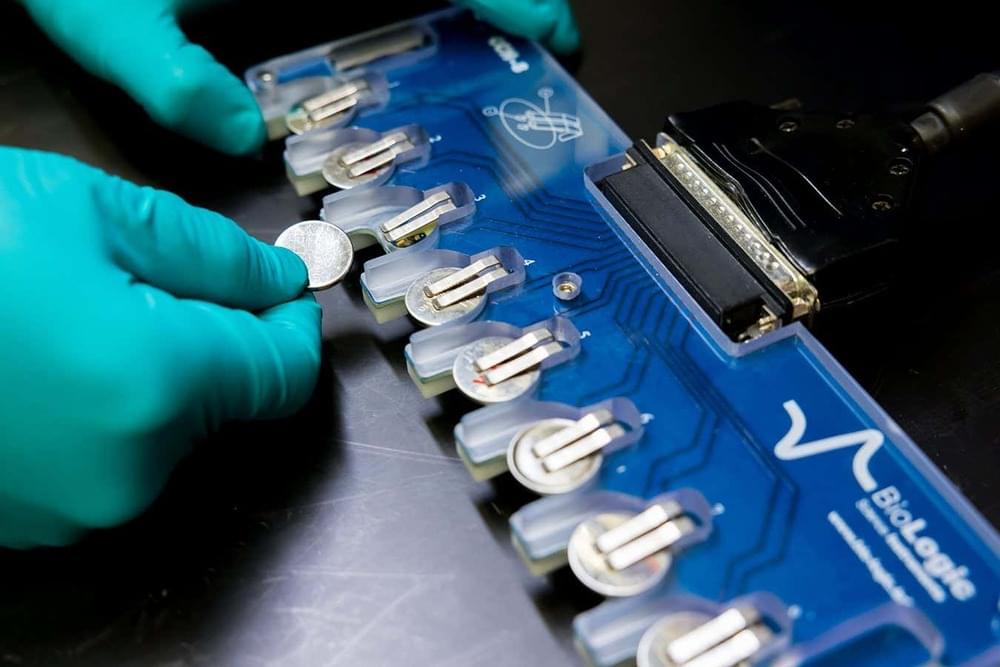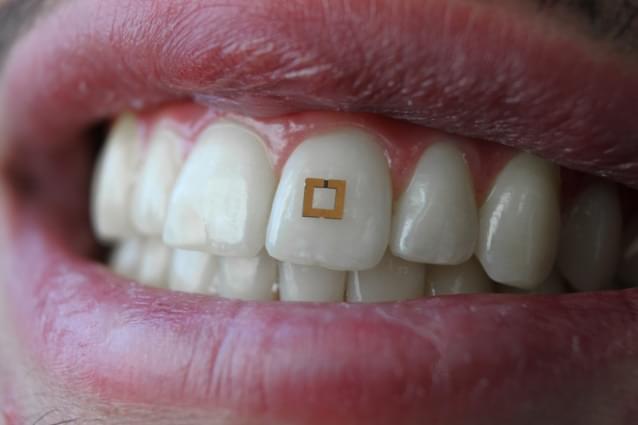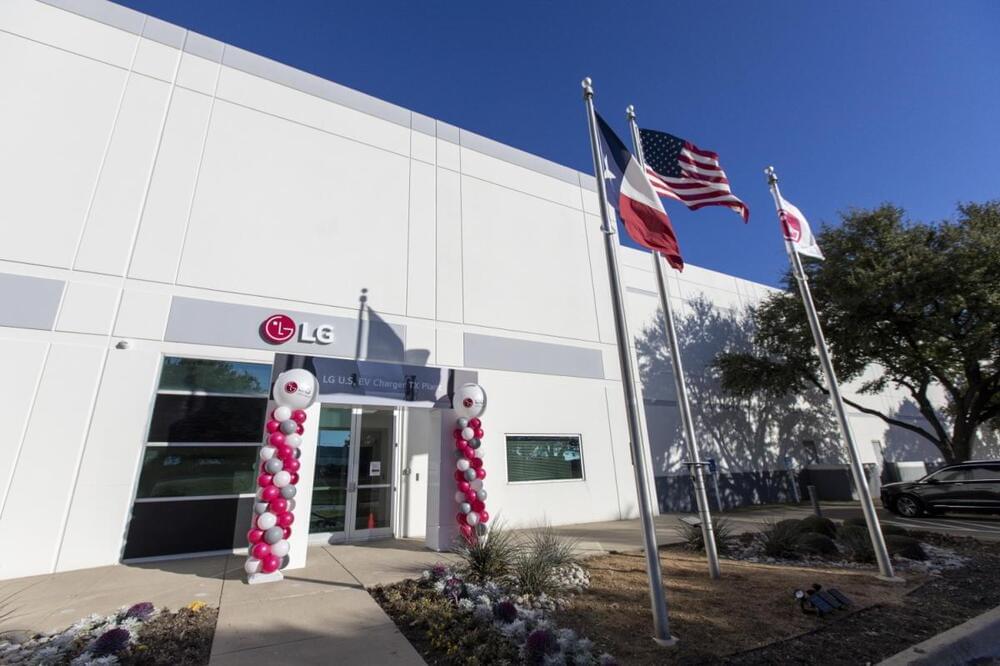Imperceptible to us, plants are surrounded by a fine mist of airborne compounds that they use to communicate and protect themselves. Kind of like smells, these compounds repel hungry herbivores and warn neighboring plants of incoming assailants.
Scientists have known about these plant defenses since the 1980s, detecting them in over 80 plant species since then. Now, a team of Japanese researchers has deployed real-time imaging techniques to reveal how plants receive and respond to these aerial alarms.
This was a big gap in our understanding of plant chatter: we knew how plants send messages, but not how they receive them.
